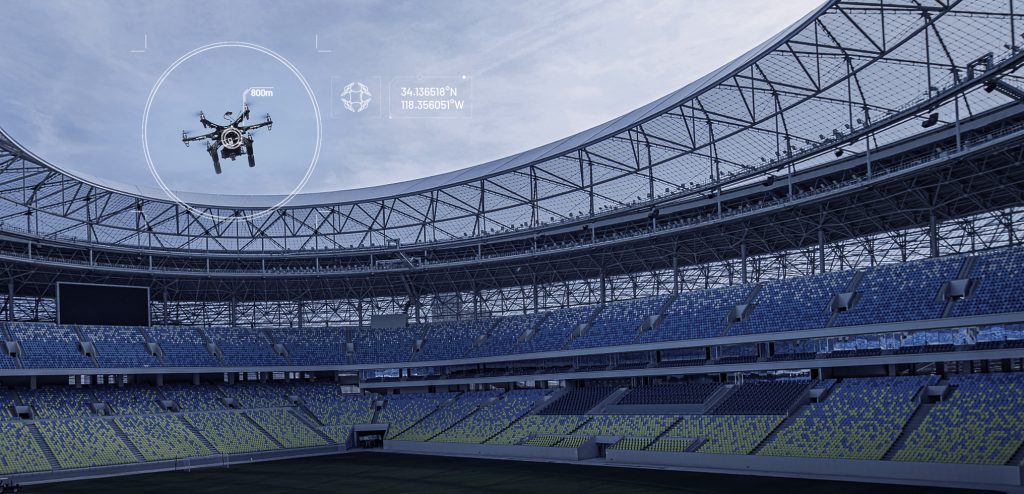What Should I Consider When Purchasing a Drone Jammer?
As drones become more prevalent in various sectors, the demand for drone jammers has increased significantly. Whether you’re looking to enhance security at an event, protect sensitive locations, or simply prevent unauthorized drone usage, it’s essential to choose the right jammer. Here are some key factors to consider when purchasing a drone jammer.

1. Output Power
One of the most critical aspects of a drone jammer is its output power. Higher output power typically means a greater range of coverage. If you need to protect a large area, such as an airport or a conference hall, opt for a jammer with substantial output power. Conversely, if you only need to target smaller areas, a lower-powered device may suffice.
2. Frequency Bands
Different drones operate on various frequency bands. Common frequencies used by consumer drones include:
- 2.4 GHz: Widely utilized for Wi-Fi and many drones.
- 5.1 GHz and 5.8 GHz: Often used for video transmission and control signals.
- GNSS frequencies (1.56 GHz – 1.61 GHz): Critical for GPS navigation.
Ensure that the jammer you choose can effectively disrupt these frequencies to achieve the desired results.
3. Type of Jammer: Desktop vs. Portable
Deciding between a desktop and a portable jammer is crucial based on your intended use:
- Desktop Jammers: Generally offer higher power and are suitable for fixed locations. They are ideal for offices, meeting rooms, or security control centers.
- Portable Jammers: Lightweight and easy to carry, these are perfect for on-the-go situations. If you plan to use the jammer in various locations, a portable option may be more practical.
4. Legal Considerations
Before purchasing a drone jammer, it’s vital to understand the legal implications in your area. In many countries, the use of jammers is heavily regulated or outright illegal for private individuals due to the potential for interfering with legitimate communications. Always check local laws and regulations to ensure compliance and avoid potential penalties.
5. Ease of Use
Look for jammers that are user-friendly and easy to operate. Features like remote control capability can enhance convenience, allowing you to activate or deactivate the device from a distance. Additionally, consider jammers with clear indicators for power and usage status.
6. Durability and Build Quality
A reliable drone jammer should be built to withstand various environmental conditions. If you plan to use the device outdoors or in challenging environments, ensure that it is durable and weather-resistant. This will ensure consistent performance and longevity.
7. Price and Warranty
Finally, consider your budget when selecting a drone jammer. Prices can vary significantly based on features and capabilities. While it may be tempting to opt for the cheapest option, consider the long-term value and effectiveness of the device. Additionally, check for warranties or guarantees, as these can provide peace of mind regarding your investment.
